India’s capital city, Delhi is the gateway for international holidaymakers entering the country, and the perfect place to start a tour of India. The fascinating mix of cultural heritage and colourful bazaars also attracts national tourists looking for a short break or a layover before travelling up to see the Taj Majal or Rajasthan. Visiting Delhi for a short time? Then follow our 3 days in Delhi itinerary, the easiest way to reach points of interest, the best places to visit in Delhi and places nearby within easy reach for a day trip.
So what is there to see? There are 3 UNESCO World Heritage Sites in Delhi, 174 National Monuments, 30 museums, 20 main temples and hundreds of lesser known treasures. Add to this landscaped gardens, toss in lively markets and amazing street food, to get an idea of the dizzying megalopolis. Although you obviously can’t fit in everything, 3 days is long enough to see the main sights of Delhi, to enjoy the city vibe, and to take a day trip to visit cool places nearby.
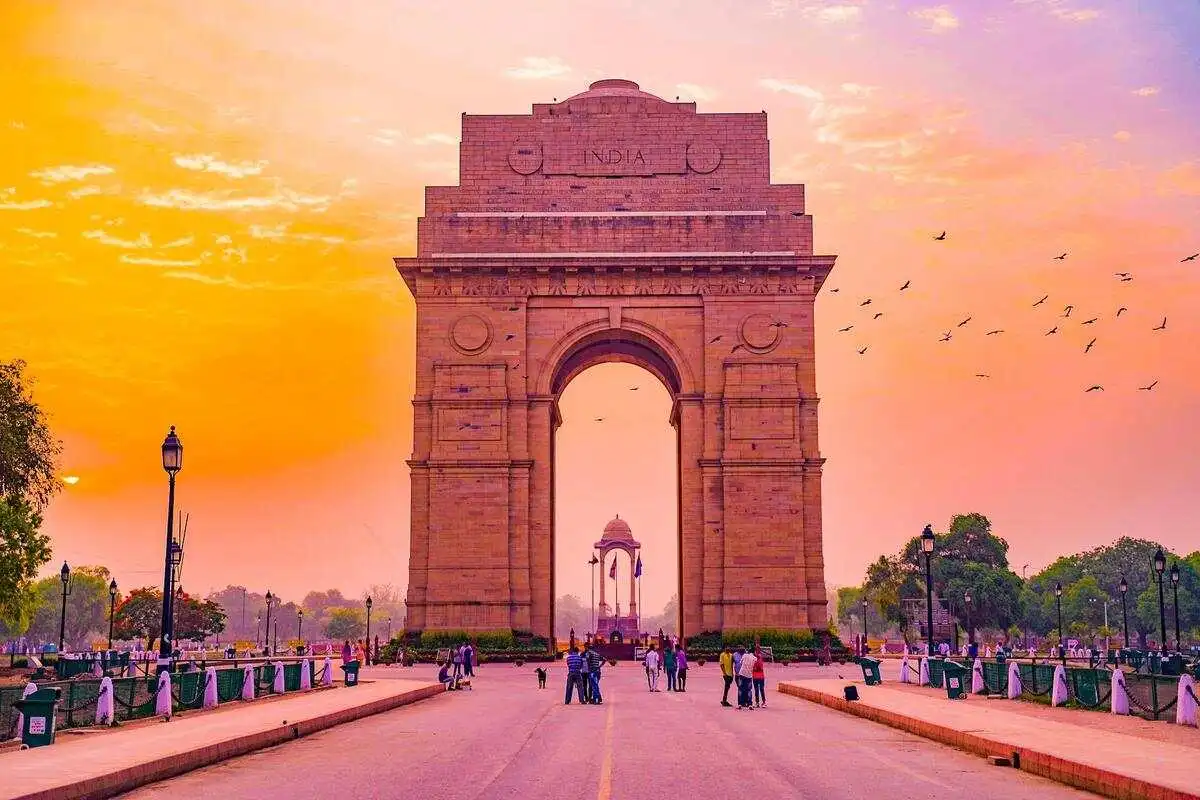
Delhi is the gateway to India, a stepping-off point to reach the most famous site of Taj Majal in Agra or to explore Rajasthan’s exotic cities of Jaipur, Jodhpur and Jaisalmer. But before you start wandering afar, spend 2 or 3 days in Delhi itself and enjoy this vibrant potpourri of World Heritage Sites, browse the spice bazaars and stroll through the colonial gardens. Delhi is easy to see, just hail a tuk-tuk auto rickshaw to guide you through the bustling streets, embark on a colourful journey to discover the must-see places to visit.
This is a helpful itinerary for everyone that includes lots of useful advice, for those living in India and heading to Delhi for a short break, and also for tourists flying in from overseas. Even if you only have a one day stopover in Delhi before travelling on, there’s time to fit in the essentials on a quick tour of the city.
Follow our insider guide, a 3 days in Delhi itinerary to see the must visit places in India’s capital city. Allow 2 days for exploring Old Delhi itself, then go out for a day trip.
3 Days in Delhi Itinerary – Top Places to Visit
An iconic heritage city and the capital of India, Delhi is hard to explore in a short time so I suggest spending at least 2 days here to discover the major points of attraction. Staying in Delhi for 3 days is perfect, as it gives you the chance to see nearby places of interest too. Let me guide you around my city and suggest some exciting day trips.
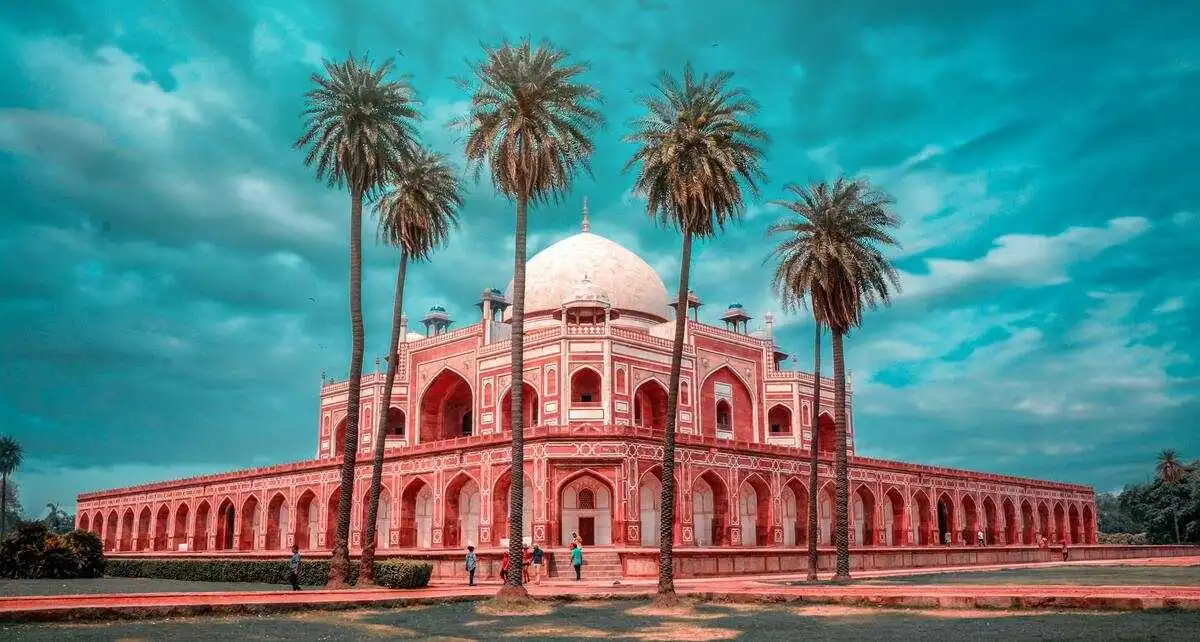
Local lady Simran Raju explains the best way to see the sights of Delhi, and as well as day trips to places nearby, on an easy 3 day itinerary. Discover how to get around Delhi, where to go and which places to visit, as well as trying genuine Delhi cuisine.
Delhi is a popular destination with so much to see and do, put it on your itinerary as it’s definitely worth a visit. Old Delhi has a rich historical heritage that is visible everywhere you go – the monuments, museums, art galleries, festivities and cultural activities alone, are enough to keep anyone occupied for months. So how long do you need in Delhi? With a carefully planned trip, 3 days will be enough to see the city sights and beyond. To make things easy, I have sketched out a three day itinerary, a bit tight but to the point, covering all the must-visit places in Delhi for a first time visitor.
Book a centrally located hotel. This will save you time, a must if you are in Delhi for only 2 or 3 days and want to see all the top sites. A central location does not necessarily mean an expensive stay. All types of accommodation are available from luxury to medium range or budget hotels, as well as Airbnb self-catering holiday apartments. If you are a solo traveller, there are some good hostel options in Delhi too.
Day One in Delhi Itinerary
1. Mahatma Gandhi Museum
2. Red Fort (World Heritage Site)
3. Jama Masjid
4. Chandni Chowk Market
5. Lakshmi Narayan Temple (Birla Mandir)
6. Jantar Mantar
7. Connaught Place
On your first day in Delhi, start off with a cultural visit to Mahatma Gandhi Museum and library. Browse the fascinating memorabilia of India’s late leader, then head over to famous Delhi Red Fort alongside River Yamuna. Pop along to admire the spectacular Jama Masjid Mosque before trying Delhi street food Chandni Chowk bazaar for lunch. Pick up some bargains in the fascinating market. Spend a peaceful hour in Birla Mandir Temple and gardens, and finally visit Jantar Mantar ancient observatory. End your first day in Delhi with a walk over to Connaught Place for dinner.

Mahatma Gandhi Memorial Museum
The National Gandhi Museum is the perfect place to start your itinerary of Delhi, an insight to the recent history of India through the memorabilia of the immortal ‘Father of the Nation’. A resource centre with a significant library, exhibition galleries and audiovisual department, it illustrates the works and philosophy of Gandhi.
Located in the Raj Ghat area of New Delhi near the Yamuna River, memorials to Mahatma Gandhi and the late Prime Ministers of India are set in parkland opposite the museum.
Opening Times
Opens 10 am to 5 pm (closed Mondays).
Entry Fee
Entrance to the museum and library is free.
How to Get to Mahatma Gandhi Memorial
Delhi Gate metro station is the nearest stop (Violet Line). Distance 1 km, 15 minute walk. Alternatively, Jama Masjid or Red Fort metro stations on the same line.
Red Fort, Delhi
A must-see on your Delhi Itinerary is the famous Red Fort. High on UNESCO’s list of World Heritage Sites, Red Fort is one of India’s top monuments and the most visited place in Delhi. This fortified palace was built in 1639 for Mughal Emperor Shah Jahan on the banks of River Yamuna, when he shifted his capital to Delhi from Agra. In fact, it was designed by the same architect who drew up the plans for the Taj Mahal.
Lal Quila ‘the red fortress’ gets its name from the red sandstone rampart walls and is the best spot to take your iconic photo shots against a background of Old Delhi. It is worth going inside the enclosure to see the Audience Hall, Diamond Palace and Pearl Mosque, the step-well and white marble hammam. A museum holds an assortment of precious artefacts. Since 1947, Red Fort is the famous symbol of Indian Independence Day, commemorated yearly on August 15th when the PM raises the national flag.
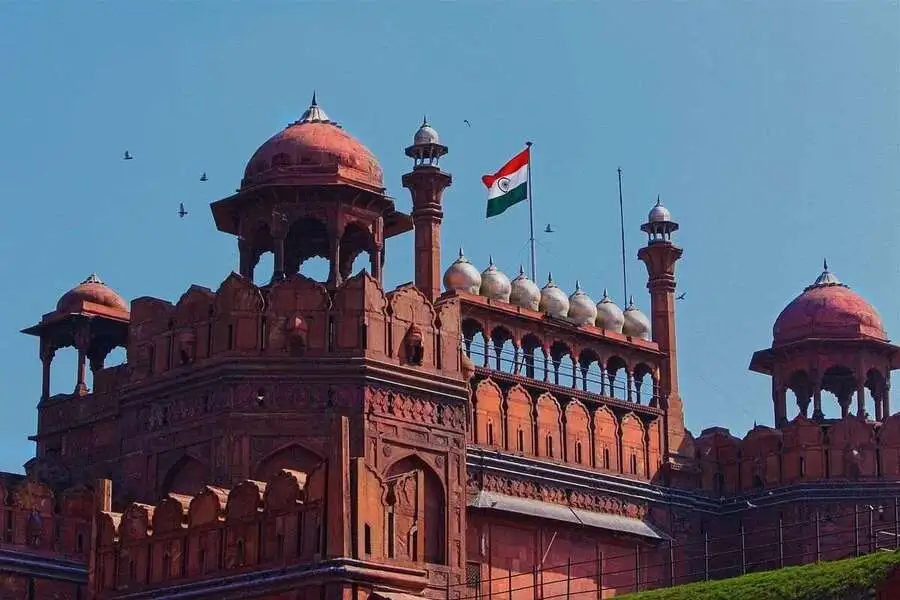
Tip
Get to the Red Fort early in the day before it gets too busy, and come back at nightfall to see the multimedia light show, one of Delhi’s major tourist attractions.
Opening Times for Lal Quila Red Fort
Opens sunrise to sunset Tuesday to Sunday (closed on Mondays).
Entry Fee
Adult price tickets: Indian nationals ₹ 90; foreigners ₹ 950.
Red Fort Light and Sound Show
At sunset there is a show in Hindi. This is followed by an English performance at 7 pm (February to May), 9 pm (May to August), 8.30 pm (September to October), or 7.30 pm (November to January). Adult ticket costs ₹ 80.
How to Get Here
Chandni Chowk metro station on the Yellow Line is the nearest stop.
Jama Masjid
A kilometre to the west of Lal Quila in Old Delhi, you’ll find the eastern gate to one of India’s largest mosques, the famed Jama Masjid. Like the Red Fort, the walls surrounding Jama Masjid are made of the characteristic red sandstone quarried in Rajasthan, which was used by the Mughal rulers during the Delhi Sultanate to construct breathtaking monuments.
Dating to the mid 1600s, the temple’s façade is overlaid with white marble panels, at either side 2 tall thin minarets rise up, while the roof features 3 spectacular marble domes topped in pure gold. Inside the iconic mosque, black and white marble floors are covered with Persian carpets for devotees to kneel down and pray. Imagine 900 worshippers inside the temple, and a congregation of up to 25,000 outside in the courtyard for Friday prayers and you’ll have an idea of the dimensions, and importance of Jama Masjid.
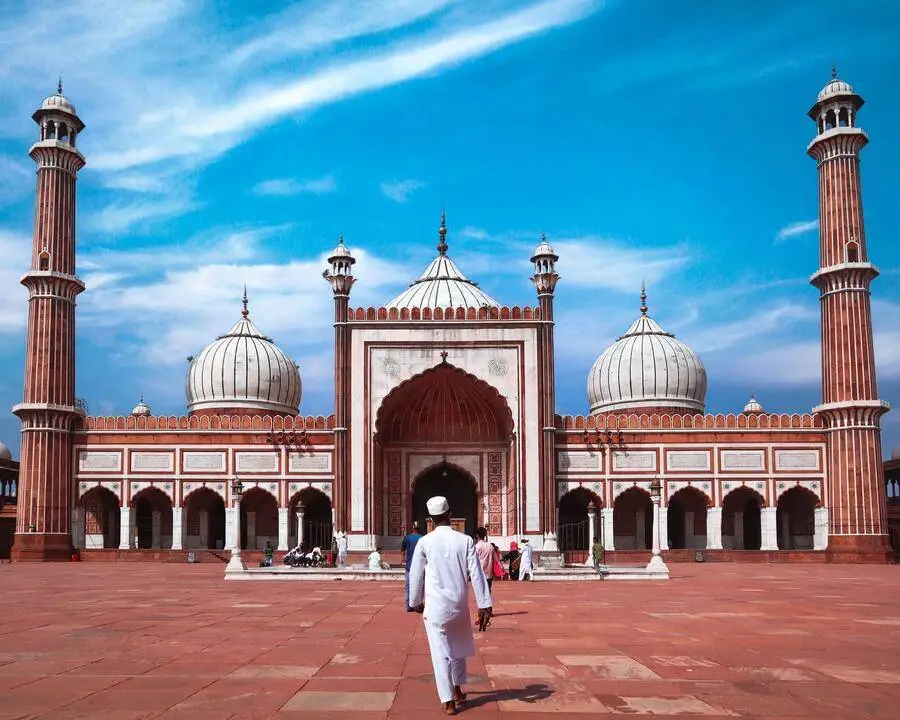
Opening Times
Opens every day for visitors from 7 am to noon, and 1.30 pm to 6.30 pm. Prayer time for Muslims from noon until 1.30 pm.
Entry Fee
Entrance is free. Small fee to go up the minarets. A photography permit costs ₹ 300.
Dress Code
Remove shoes before entering the mosque. Women should wear loose modest clothes that cover up (not trousers) or they can hire one of the gowns provided.
How to Get Here
Jama Masjid is the nearest Metro Station (Violet Line), otherwise it’s a 500 m walk from Chawri Bazaar station on the Yellow Line.
Chandni Chowk Market
Do you fancy wandering the markets of Old Delhi for some shopping? Busy Chandni Chowk street market bazaar is near Red Fort, so this is easy to fit into your Delhi itinerary. Designed in 1650 for Princess Jahan Ara Begum, legend tells of a plaza where moonlight reflects off the waters of an ornamental pool to refresh Indian hot summer nights.
Nowadays a thronging marketplace, the side streets and indoor markets around Chandni Chowk are full of stalls selling cheap clothes and bright saris, bangles and bags, and local handicraft, as well as household goods and electronic devices. The fresh food market is stacked with colourful fruit and vegetables, and spices.
Enjoy the best street food in the city while you’re here or try one of the neighbourhood eateries for lunch.
Opening Times
Open 9.30 am to 8 pm, closed on Sundays. Free to enter.
How to Get to Chandni Chowk Market
Chandni Chowk metro station on the Yellow Line.
Lakshmi Narayana Temple (Birla Mandir)
Lakshmi Narayana Temple aka Birla Mandir is the Hindu Temple with distinctive Shikhara towers, located to the west of Connaught place in central Delhi. One of the most popular temples in Delhi and dedicated to Lord Vishnu, Birla Mandir was built less than a century ago in 1939. Everyone is welcome to enter this place of worship, and join in the mystic aarti rituals (mornings and evenings) where believers pass their hand over a flickering oil candle to cleanse their souls.

Explore the grand hall and side temples, see the shrines and statues, then spend a while in the peaceful gardens of Birla Mandir before continuing your Delhi itinerary.
Opening Times
Open 4.30 am to 1.30 pm and 2.30 pm to 9.00 pm.
Free Entrance
*Camera and phones are not allowed inside the temple (free lockers).
How to Get to Birla Mandir, Delhi.
Located on Mandir Marg, west of Connaught Place.
Nearest Metro Station is RK Ashram Marg (Blue Line); 1.8 km walk.
Jantar Mantar
New Delhi Jantar Mantar was the first of 5 astronomical observatories to be founded by Maharaja Jai Singhhi in the 18th century; the others can be found in the Indian cities of Jaipur, Ujjain, Mathura, and Varanasi. Worth a visit if you’re staying in Delhi, the ‘jantras’ were precise instruments devised to gauge time. Like a giant sundial which align to the stars, the Jantar Mantar was used to observe the celestial system.
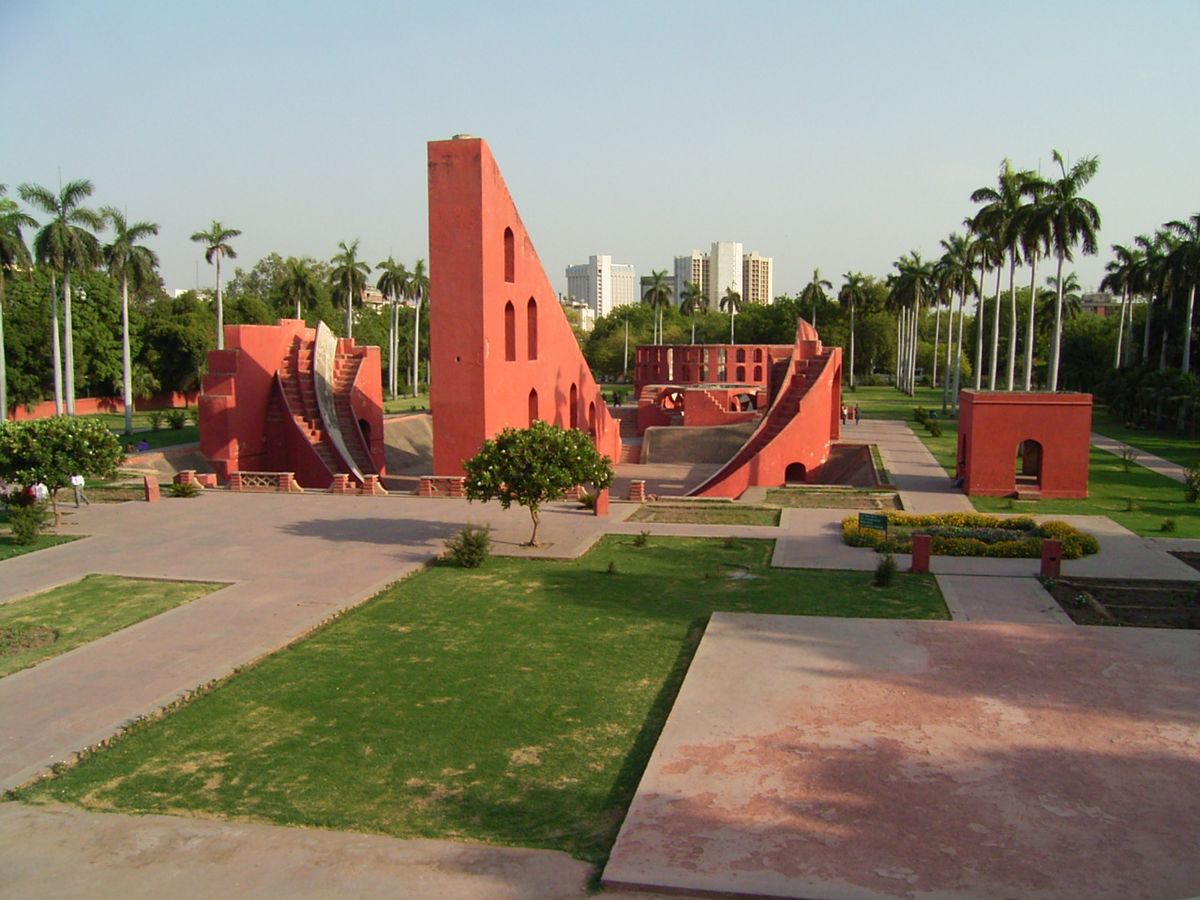
Opening Times
Open every day from sunrise to sunset.
Entrance Fee
₹ 25 for Indian nationals, ₹ 300 for foreigners.
How to Get Here
New Delhi Jantar Mantar is located on Parliament St, Connaught Place.
Patel Chowk Metro Station is the nearest stop (Yellow Line). Distance 0.55 km, 8 minute walk.
Connaught Place
The famous Georgian buildings of Connaught Place circle Delhi’s Central Park, an instagrammable spot with an enormous Indian flag. Now renamed Rajiv Chowk, it was originally designed as a commercial and leisure hub in 1929, by British architect John Wood. The wealthy statesmen from across India with regal residences nearby, would shop in Connaught Place or visit the cinema theatres when motion movies first came out.
Not surprisingly, CP became a popular place for the elite to dine out. Some of the traditional establishments are still trading today although many of the premises are now classy restaurants, some with exclusive roof terraces overlooking the park.
Seven of the old city’s radial roads lead to Connaught Place so it is a huge focal point and easy to reach. Connaught Circus is the Outer Circle that rings the whole area. Several luxury hotels can be found in the vicinity, as well as pocket friendly eateries (both Indian and international cuisine) which are good choice for dinner on your Delhi itinerary. I recommend: ‘Sarvana Bhavan’ for South Indian cuisine, ‘Nizam’s’ for Mughlai food, ‘Bercos’ for Chinese and ‘Desi Vibes’ for some tasty North Indian cuisine.
Opening Times
Delhi Central Park: Free entrance. Opens sunrise to sunset (later if concerts are taking place, when there may be a fee to attend).
Restaurants and Retail Outlets: Check individual websites, but generally restaurant opening hours are from 11 am to 11 pm, with some after hours; stores from 10.30 am to 8 pm (closed Sundays).
*At Palika Bazaar underground flea market tourists should beware of pickpockets.
How to Get to Connaught Place
Rajiv Chowk metro station on the Yellow Line and Blue Line.
Day Two in Delhi Itinerary
1. Akshardham Temple
2. Humayun’s Tomb (World Heritage Site)
3. Lotus Temple
4. Qutub Minar (World Heritage Site)
5. Rashtrapati Bhavan
6. Cabinet Secretariat
7. Rajpath
8. India Gate
Akshardham Temple is the perfect place to start day 2 of your Delhi itinerary, to spend an entertaining morning in the Hindu sanctuary. Early afternoon, it’s time to see Humayun’s Tomb World Heritage Site, then take a short trip to Delhi Lotus Temple for a few minutes of peace. The towering minaret of ancient Qutub Minar is the last UNESCO site on today’s itinerary, before turning back for a walk down the Rajpath, past the monumental Rashtrapati Bhavan and Cabinet Secretariat buildings, towards India Gate at sunset.
Akshardham Temple
The intricately carved pink sandstone and white marble Akshardham Mandir is the biggest temple in Delhi. Surprisingly, the ornate traditionally sculpted complex was built this century and opened doors in 2005. One of the city’s most popular attractions, the Akshardham Temple is a Hindu spiritual sanctuary which highlights the beauty of India’s ancient art, architecture and culture. Enter through the Welcome Gates, visit the Mandir Temple and Inner Sanctum, get blessed with ritual waters and then enjoy the entertaining exhibitions if you have time.
Two thematic gardens are designed to inspire wisdom – the Yogi Hriday Kamal garden is laid out to resemble a huge lotus flower while the ornamental Bharat Upavannd gardens feature a series of emblematic bronze statues which depict strength. The on-site food court serves Indian and international vegetarian meals and snacks in a hall that is fashioned after the ancient Cave Temples of Ellora.
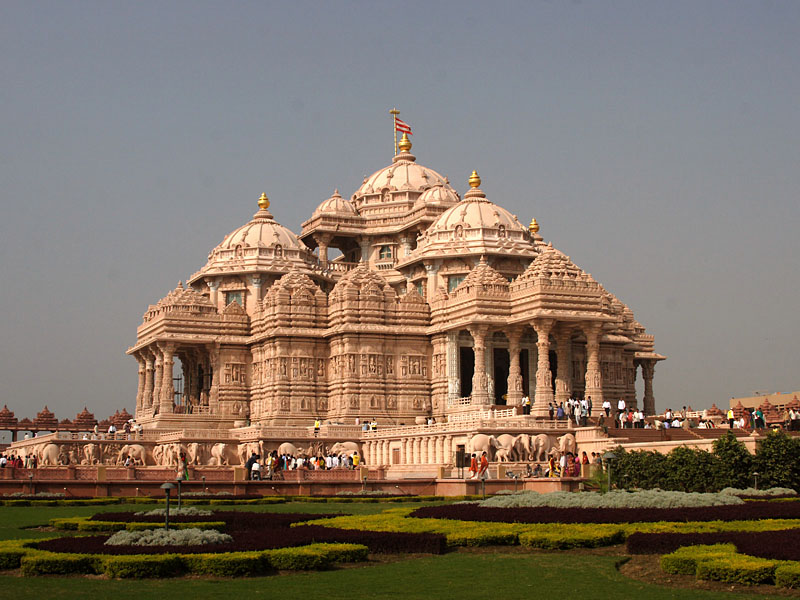
Morning is the best time to visit Akshardham Temple, as soon as it opens to avoid the queues. Afternoons are also good, as this gives you a chance to see the magic fountain water show at sunset.
What to see:
- Swagatam Welcome Gates, Visitor Centre and Holy Footprints
- Akshardham Mandir Temple and Inner Sanctum Mandir Deities
- Abhishek Mandap and Ritual Blessing, Narayan Sarovar Holy Waters
- Exhibitions
- Hall of Values (Sahajanand Darshan) – 55 minutes
- Giant Screen Film (Neelkanth Darshan) – 45 minutes
- Cultural Boat Ride (Sanskruti Darshan) – 15 minutes
- Tematic Gardens
- Sunset Water Show
Tip
Entrance cannot be pre-booked, the Akshardham Complex is popular with families so avoid public holidays as there will be queues waiting to get inside.
Opening Times
Akshardham Temple Complex is open 10 am to 6.30 pm; Entrance to exhibitions 10 am to 5 pm; Musical Fountain water show at sunset (seasonal times). Closed Mondays.
Entrance Fee
Free entry to the Temple Complex; adult ticket to see the 3 Exhibitions costs ₹ 250, Musical Fountain water show ₹ 90; Donate ₹ 50 to take part in the Abhishek Ritual.
* Photography is forbidden inside the temple (free facility to store mobile phones & cameras).
Dress Code
Modest clothing below the knees, covering upper arms, shoulders, chest and navel. Free saris available upon deposit.
How to Get Here
Akshardham Metro Station on the Blue Line – Distance 0.3 km, a 5 minute walk.
Humayun’s Tomb
Humayun’s Tomb is one of Delhi’s World Heritage Sites. A special place to visit on the banks of River Yamuna in south east Delhi, this palatial mausoleum surrounded by gardens later inspired the creation of the Taj Majal. Dating to 1570, the grand memorial was commissioned by a grieving Persian Queen on the death of her husband, the Mughal Emperor Humayun.
The first ‘tomb cum paradise garden’ to be built in India, it’s the resting place of the couple’s mortal remains along with many members of the royal family. The well preserved Mughal architecture combines Delhi’s typical red sandstone walls with marble panels and colonnaded interior, topped with a huge dome.
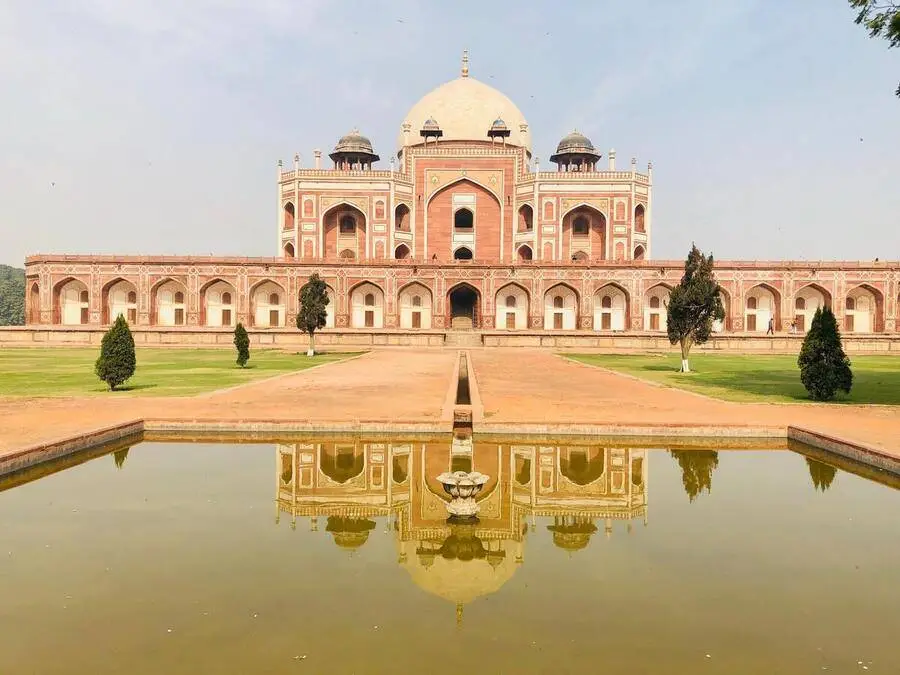
Opening Times
Open everyday from sunrise to sunset.
Entry Fees
Entrance costs ₹ 40 Indian nationals, ₹ 600 foreigners.
How to Get Here
Humayun’s Tomb is located on Mathura Road (opposite Dargah Nizamuddin).
Jangpura metro station on the Violet Line is the nearest stop. Distance 0.7 km, 35 minute walk.
Lotus Temple, Delhi
Delhi’s Lotus Temple is astonishing, whichever way you look at it. Twenty-seven petals covered with pure white marble panels are clustered to form a giant lotus flower bud. This is a Bahá’í House of Worship where people of all faiths and ethnicity are welcome. Enter through one of the nine doorways into the circular central hall. Nine is the symbolic number which inspires the Lotus Temple’s award winning 9-sided design. Nine pools encircle the temple which is set out in peaceful gardens.
This modern day complex, built in 1986 and powered by solar panels, is a contrast to the city’s other heritage sites.
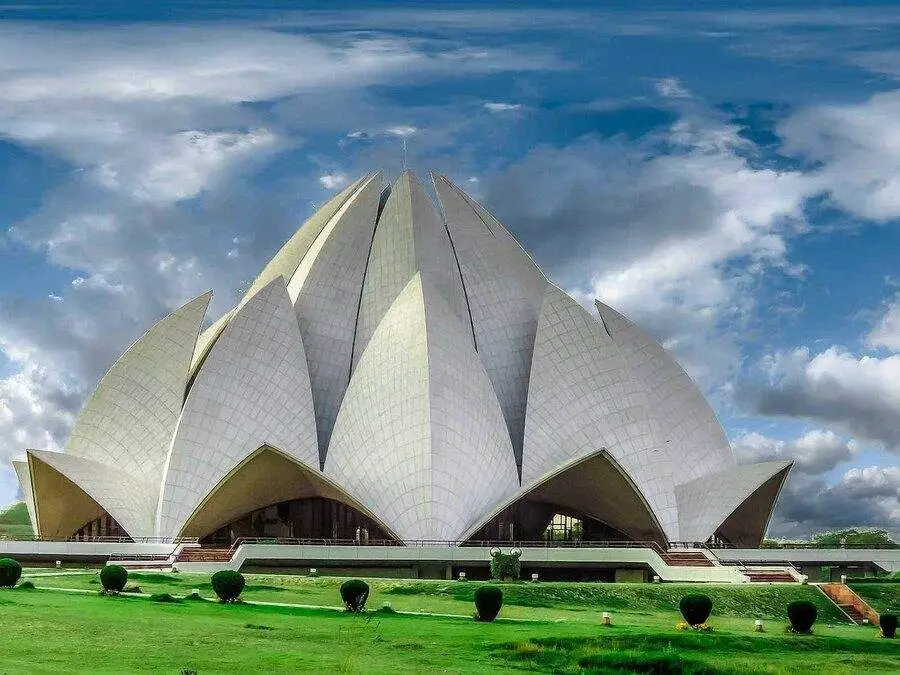
Opening Times
Open 8 am to 5 pm in winter, to 7 pm summertime, closed on Mondays.
Entry Fee
Free to enter.
How to Get to Delhi Lotus Temple
Okhla NSIC Metro Station is the nearest stop (Magenta Line). Distance 0.7 km, 8 minute walk. Alternatively, Kalkaji Mandir metro station (Magenta Line and Violet Line).
Qutub Minar
Qutub Minar is another emblematic site in Delhi that you have to see. This is Delhi’s oldest UNESCO heritage site, an ancient mosque dating to the end of the 12th century. The landmark minaret is a tiered fluted shaft which is ornately engraved with decorative motifs and Islamic inscriptions, and one of the earliest of its kind in South Asia.
The grey and red sandstone 5-storey ‘victory tower’ is a top tourist site, and the tallest brick minaret in the world (72.5 m). Visitors could once climb the 379 step spiral staircase to the top, however it now remains closed to the public for safety reasons.
There are more unique points of historical interest in the Qutb complex, including the Quwwat-ul-Islam Mosque and Iron Pillar.
Opening Times
Opens daily from sunrise to sunset, and evenings.
Entrance Fee
Indian residents ₹ 40, foreign visitors ₹ 600 (book online).
How to Get to Qutab Minar
Located in Mehrauli area (South Delhi). Qutab Minar metro station on the Yellow Line is the nearest stop. Distance 1.7 km, 25 minute walk.
Rashtrapati Bhavan and Central Secretariat
India’s most important presidential and government buildings can be seen on Raisina Hill in the centre of New Delhi, at the top of the Rajpath boulevard and facing down to India Gate.
Rashtrapati Bhavan is the nation’s grand Presidential Mansion, a huge palace of Edwardian Baroque design with decorative Indian detail. Dating to 1929, the estate is surrounded by 330 acres of landscaped gardens and park. A monumental four storey residence with 340 rooms grouped around inner courtyards with water features, it’s an imposing landmark on Delhi’s cityscape. The huge main dome of the President of India’s official residence and the monumental Jaipur Column standing out front, are major focal points which can be seen from afar.
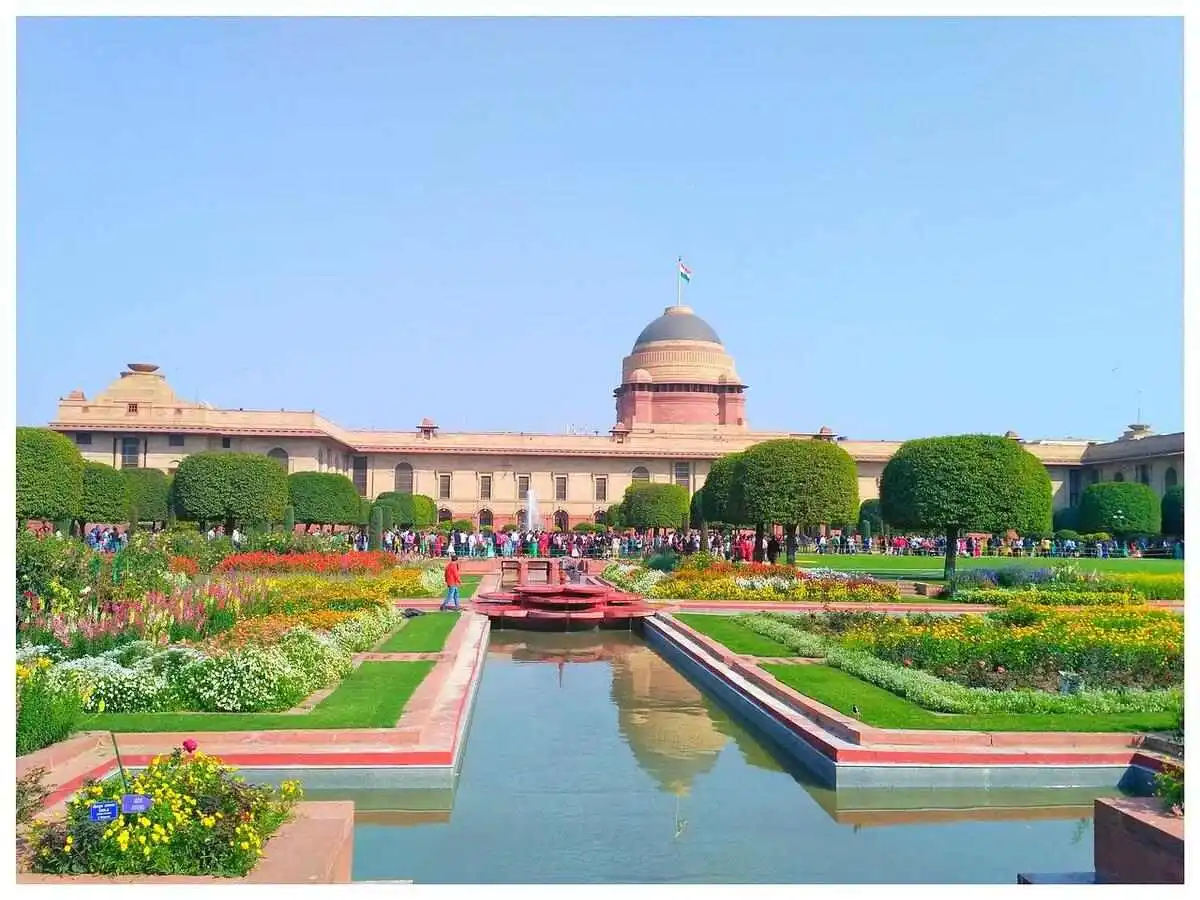
Central Secretariat is the name of the 2 identical grandiose buildings each side of the Presidential Residence on Rajpath. This is where the Indian Government sits, and where the majority of Government Ministries have office. Together with Rashtrapati Bhavan, the Secretariat Building was part of the New Delhi development scheme which transformed the city centre in the 1900s. Of Indo-Saracenic design, you’ll notice the colonnaded façade and central dome.
Opening times and ticket prices to tour Rashtrapati Bhavan can be seen on the official site. Central Secretariat Metro Station is the nearest stop (Yellow Line). Distance 0.9 km, 13 minute walk.
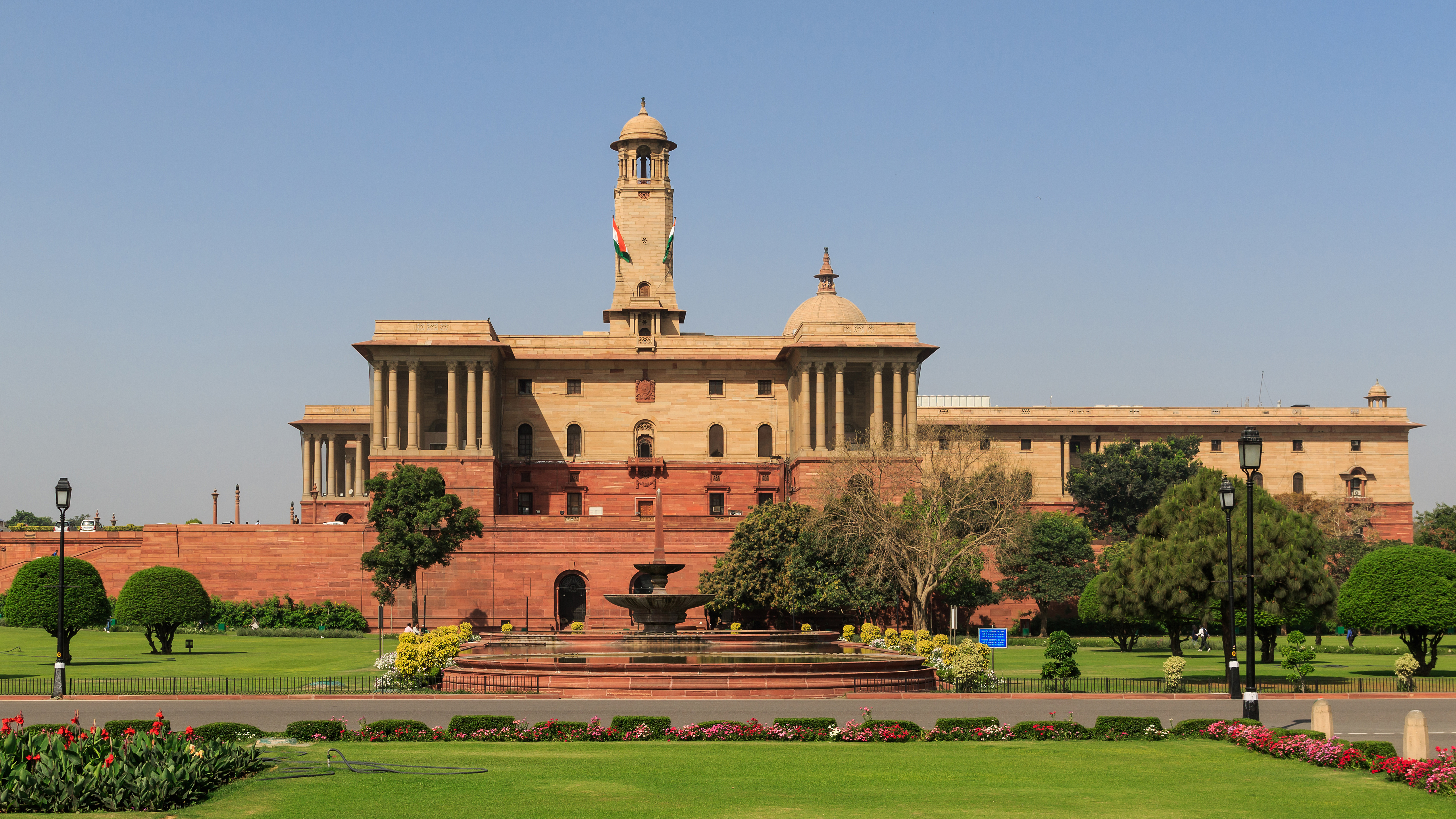
The Rajpath Kingsway
Stroll along the Rajpath boulevard which connects the Rashtrapati Bhavan to India Gate, a ceremonial avenue once known as the Kingsway. It’s a 30 minute stroll through a city green belt of tree shaded lawns and waterways, surrounded by parks and gardens. Alternatively, watch the sites as you drive by in a rickshaw.
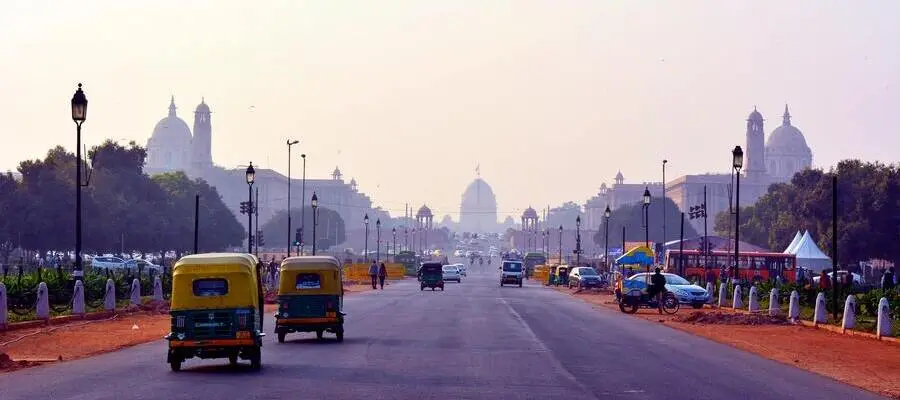
India Gate

End your day at India Gate just before sundown, and watch Delhi’s most emblematic landmark light up at night.
India Gate is an imposing structure, a triumphal archway 45 metres high. Built in 1921 by the Imperial War Graves Commission to honour the Indian and British soldiers who lost their lives during World War 1 and the Anglo-Afghan war, there are 13,516 names inscribed on it.
Move closer to Delhi Memorial and you will see 4 eternal burning flames on a black marble podium known as Amar Jawan Jyoti. These remain constantly alight as a gesture of respect towards the martyrs.
Opening Times
Always open. Free entrance
How to Get to India Gate
Central Secretariat metro station on the Yellow Line is the nearest stop. Distance 0.9 km – it’s a 10 minute walk along the Rajpath boulevard from the station.
Day 3 in Delhi Itinerary –
Day Trips to Places of Interest Near Delhi
Make the most of a 3 day trip to Delhi with an outing to one best places to visit nearby. There are wonderful nature parks and historical sites to see within a 200 km radius which you can do on a day trip by road or train.
Day trips from Delhi to include in a 3 day itinerary.
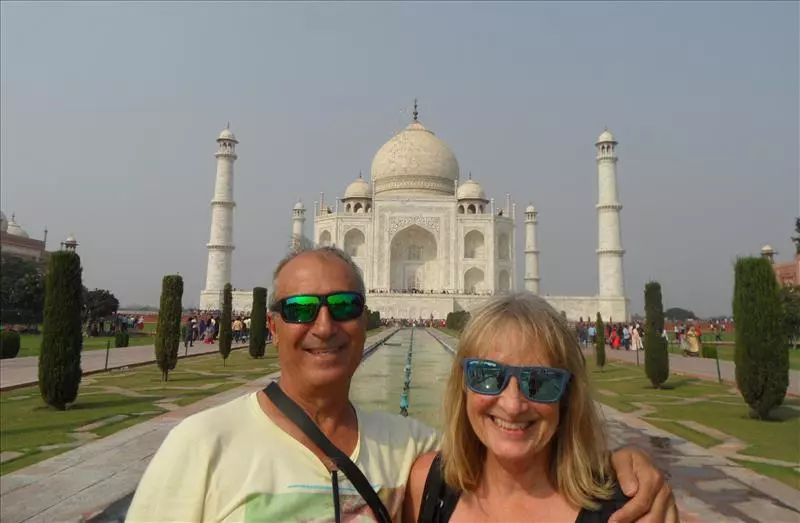
Other fabulous destinations that you can do, but which really merit an overnight stay or weekend away include the Hill Stations of Uttarakhand or the UNESCO ‘pink city’ of Jaipur.
Here’s our choice of 2 separate day trips from Delhi that you’ll never forget.
Taj Mahal
A day trip to the Taj Mahal is entirely possible from Delhi, if you start off early. The epic way is to arrive on the Taj Express train.
By far the most famous site in India, Taj Majal is one of the New 7 Wonders of the World. While many tourists include it on a longer tour of the country, you can easily visit Agra to see the Taj Mahal on a day trip from Delhi. An organised tour takes around 2 hours but if you’re coming here independently, spend the whole morning or afternoon depending on the entrance ticket time.
Taj Majal is magnificently set beside River Yamuna as it passes through Agra, a city some 200 kilometres from Delhi in the Indian State of Uttar Pradesh. An iconic UNESCO World Heritage Site and one of the most photographed monuments on the planet, millions of people visit the Taj Majal every year, and most of them travel here from Delhi!
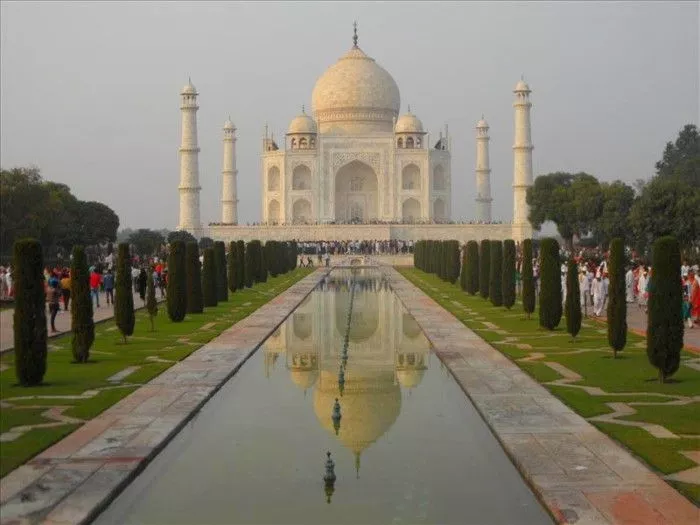
The Taj Majal complex is protected by towering red sandstone walls, in a similar way to Agra Fort (1.6 km to the west along the riverbank). Walk through the outer courtyard and through the main gateway and you’ll be stunned by the sight… the beautiful white marble dome shimmers in the sunlight, standing behind landscaped gardens of water features and lawns, a mosque guarding each side of the structure. This is the famous scene where the Taj reflects on the cypress fringed watercourse, a picture perfect moment to capture, special place to visit once in a lifetime.
Influenced by Persian, Islamic and Indian design, the Taj Majal was created in 1631 by Mughal Emperor Shah Jahān as a mausoleum for his beloved wife who tragically died in childbirth. The couple rest side by side eternally in the exquisitely embellished tomb chamber which you can contemplate under the immense marble cupola.
Opening Times
CLOSED FRIDAYS. Open 6 days a week from sunrise to sunset.
Entrance Fee
Morning entrance ticket valid until 12 noon or afternoons valid from 12 – 6 pm.
India nationals ₹ 245 (₹ 145 Taj Majal ticket + ₹ 200 Mausoleum);
Foreign visitors ₹ 1250 (₹ 1050 Taj Majal ticket + ₹ 200 Mausoleum);
Free entrance for all children under 15 years of age. * Prices checked June 2022.
* Tickets not currently available at the gates, should be booked online due to covid normatives.
More information and online tickets on the Indian Ministry of Culture web site.
Best ways to get to the Taj Majal from Delhi for a one day trip
- Take the ‘Taj Express’ train from Delhi to Agra.
- The Gatimaan Express is the quickest and easiest way to reach Agra from Delhi. Leaves Hazrat Nizamuddin station at 8.10 am and arrives Agra 9.50 am. Get a prepaid taxi to/from the station at each end). Book train tickets in advance online from Indian Railways or at the OFFICIAL International Tourist Bureau at New Delhi railway station. One-way fare costs ₹ 755 or ₹ 1485. *Other trains travel this route, check timings and prices.
- Hire a car with driver for the day.
- Hiring a chauffeur driven car is the most expensive option but you can tailor your tour from Delhi to Agra, to include stops at the ancient cities of Mathura and Vrindavan on the way.
- Join a coach trip.
- Coaches typically depart from Delhi at 6 am and return around 10.30 pm. Guided tours generally stop at the Taj Majal for 2 hours, and visit other sites of interest in Agra and places of interest along the way. *Prices may not include entrance tickets.
- Board an interstate bus for Agra.
- The fastest bus takes at least 3 hours to reach Agra from Delhi, depending on traffic conditions.
- Either rent a car or drive up to Agra in your own vehicle.
- Drive for Delhi to Agra along the Yamuna Expressway or National Highway 2 (distance 204 km). Check for road closures.
Useful info for visiting the Taj Majal on a day trip from Delhi
Make sure you have your ticket printout and passport (foreigners) or Indian identity card. Avoid carrying a large bag, a small backpack is sufficient. Food, snacks, drinks, cigarettes, and anything that may cause litter, are not allowed inside the Taj Mahal (you may bring a bottle of water). Other prohibited items include electronic devices include phone chargers (just bring your mobile phone and camera). You must wear shoe covers or enter barefoot.
Tip
Weekends and public holidays are the busiest days, Mondays tend to be quieter.
Keoladeo National Park
Keoladeo National Park aka Bharatpur Bird Sanctuary is a beautiful getaway from Delhi. Located in Rajasthan state, Bharatpur is 182 kilometres away from Delhi which makes it a doable day trip by train or by road. Listed by UNESCO as a World Heritage Site, Keoladeo National Park is one of India’s top bird sanctuaries and a breeding ground for an important population of native birds and waterfowl, as well as a large number of migratory species.
Originally a royal duck hunting ground in the 1800s, the park is now a protected haven with more than 20,000 nesting birds. An ecosystem of wetlands surrounded by fresh water swamps, woods and grassland, this is the habitat of some 375 species which includes pelicans, ibis, spoonbills, storks, cormorants and herons. An authentic haven for birdwatchers, the best months to observe migratory birds is the winter season, October through to February.

Open every day from sunrise to sunset, you can walk along the paths at leisure or enjoy a guided tour of the reserve in a rickshaw. Follow this with a visit to nearby Bharatpur city, where you can see Bharatpur Palace and Museum, Ganga Mandir Temple, and Lohagarh Fort.
How to get to Bharatpur from Delhi
By rail: This is the quickest and easiest way to travel between Delhi and Bharatpur. Express trains depart Delhi Hazrat Nizamuddin railway station and reach Bharatpur in roughly 2 hours. Catch an early train if you want to see the bird sanctuary at dawn, otherwise get the 7 o’clock morning express to be there by nine-thirty. Prices vary enormously but expect to pay ₹ 1255 for a seat in a 1st class A/C carriage. From Bharatpur Junction, hire an auto rickshaw or taxi to Keoladeo National Park which is 5 km away.
By road: Driving from Delhi to Bharatpur takes over 4 hours. Fastest route along the Yamuna Expressway (243 km), although there are other routes. Check for road closures. Ideally, add Bharatpur to a 3-day road trip itinerary from Delhi to include Agra and Jaipur, either self-drive, car hire with private driver, or organised coach tour.
Useful Information for a New Delhi Itinerary
Always check any specific entry regulations on the official websites, as well as timings which tend to be seasonal according to daylight hours. Attractions may be closed on certain dates, and prices mentioned in this guide subject to variation. Verify train routes, or road distances and conditions in advance.
Typical Food in Delhi
Delhi has a good selection of international eateries but do try the local cuisine while you’re here. The most popular street foods are chole bhature, kebabs, rolls, gol gappa, and samosa. For an authentic Mughlai meal order butter chicken or biryani served with parantha flatbread, and Kulfi for a sweet dessert.

How to Get to Delhi
Travelling by train is a great way of getting to Delhi from other parts of the country. India has an excellent rail network which reaches the cities, small towns, sometimes even villages. Railway stations can be bit chaotic but rail journey is comfortable. Go for air-conditioned compartments, particularly if you’re contemplating an overnight journey. Shatabdi and Rajdhani are premium trains to look out for, if they are on your route. Do book train travel in advance, closer to the date they may be fully booked and there are high chances of getting wait-listed.
Alternatively, those who live within easy reach of the city can drive here in their own car or arrive by coach. A road trip is a good idea for holidaymakers combining Delhi with a trip to nearby destinations such as Jaipur, Agra or the hill stations in Himachal Pradesh – car rental is an idea if you’re confident driving, otherwise hire a vehicle with a professional driver to take you around.
Getting to Central Delhi from Delhi International Airport (CCU)

The modern Delhi Airport Metro Express runs on the Orange Line between city centre New Delhi Metro Station and IGI Airport Terminal 3. This is the fastest way to do the journey taking only 20 minutes. Maximum fare for a single journey is ₹ 60, less depending where you wish to stop. First train leaves the airport at 4.45 am, last train at 11.30 pm either way, frequency 10 to 15 minutes. Ticket counters at Metro Stations, and ticket machines in Terminal 3, or outside Terminal 1 Arrivals Hall. Terminal 2 is a 5 minute walk from T3.
Delhi Metro Magenta Line stops at IGI Airport Terminal 1 (domestic low cost carriers). From New Delhi Metro Station, take the Yellow Line and change lines at Hauz Khas Metro Station for T1.
Tip
Bear in mind commuter rush hours are between 8.30 and 10.30 mornings, or 5.30 and 8 pm evenings, when planning transport options.
Pre-Paid Metered Taxi
The pre-paid taxi booths are located inside the airport – purchase tickets from the official government controlled, around-the-clock taxi service. Journey from IGI Airport takes approx. 30 minutes to central Delhi but can be longer depending on traffic.
Rideshares
Uber and Ola Cabs are available at Delhi Airport through their respective apps.
Getting around Delhi

Delhi’s transport is one of the best in the world! Name a transport, we have it! Rickshaws, autos, local taxis, Uber, car rental for a day, metro and public bus. Delhi Tourism also operates the HoHo Hop On Hop Off tourist bus.
Best Areas to Stay in Delhi
There is a huge selection of accommodation in Delhi to suit and prices vary wildly. If you are on a shoe-string budget Paharganj area, near the Main Bazaar and New Delhi Station, is a good choice. Those with reasonable budgets can go with Karol Bagh, a residential area which is close to Old Delhi, great for shopping and restaurants, and conveniently close to major metro stations. If luxury is your style, then choose a central hotel near Connaught Place, or South Delhi which is one of the posher neighbourhoods.
Best Time to Visit Delhi
The best times to visit Delhi are the months from September to early November and then from late January to March.
- Autumn: October and November is the best time to visit Delhi, when the weather is warm with cooler nights.
- Winter: December to February are warm during the day and cold at night. It’s the worst time for smog.
- Spring: in Februray and March the weather is pleasantly warm with cooler evenings.
- Summer: April and May are the hottest months with temperatures reaching 45ºC
- Monsoon: June to September, expect heavy rain which moderates the temperature.
Currency: Indian Rupees commonly written as INR or with the symbol ₹.
Itineraries for Monumental Cities in India
1 day visit to Taj Mahal & Staying Overnight in Agra
1 day visit to Agra to see the Taj Mahal, one of the Seven Wonders of the World! I caught the Taj Express, the superfast train from Delhi to Agra which leaves Hazrat Nizamuddin Railway Station first thing in the morning, for an overnight trip.
2 days in Jaipur – What to see in Pink City
Jaipur is the capital of Rajasthan, the famous Pink City in North India. So, what can you see on a 2 day trip to this UNESCO World Heritage City? The Wind Palace and Amber Fort are extraordinary, and I just love those silk saris in the bazaar…
Discovering Jodhpur – What to see if you are staying for 2 days in Blue City, Rajasthan.
The train journey from Jaipur to Jodhpur was uneventful, only a slight hitch in the morning as we found the night receptionist asleep with a very loud cock-a-doodle-doo alarm on his…
Udaipur Lake City – What to See in 2 days
Udaipur – what to see in a 2 day visit to this stunning Lake City in Rajasthan, India.
I planned to get an overnight train from Jodhpur travelling south through Rajasthan province to Udaipur but there wasn’t a rail connection. However, the sleeper bus was really comfortable and a convenient alternative, quite luxurious…
2 days in Mumbai – What to see in India’s mega city
Formerly known as Bombay, Mumbai is the financial capital of India.
Although you can see the main sites in a day, it’s worth spending 2 or 3 days in India’s mega city!
Yes, the traffic is horrific and the air pollution high, it is also extremely hot but even so, Mumbai is just magical…
Best Places to Visit in Kolkata for 2 Days
Visiting Kolkata in India? Follow our insider guide, a 2 day itinerary which explains the best heritage sites and how to get to the main places of interest.
Discover the World with![]() the blog with a focus on independent travel
the blog with a focus on independent travel




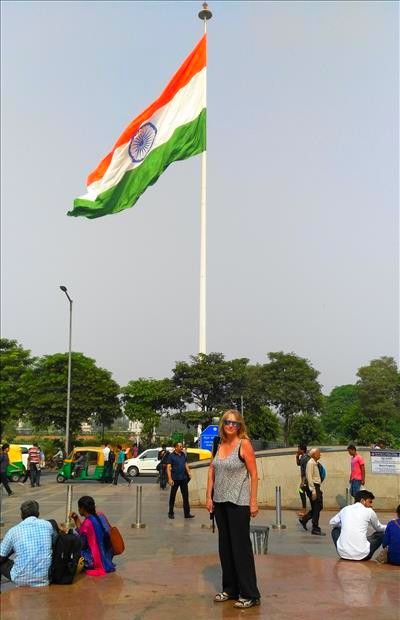

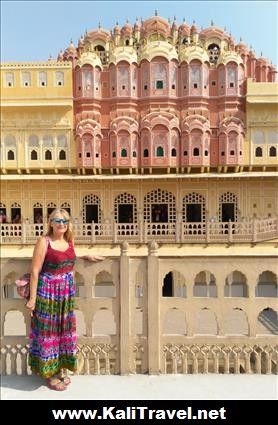
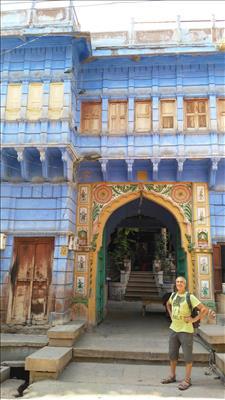
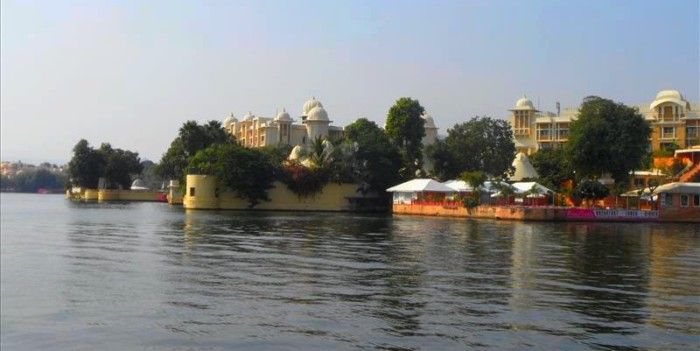
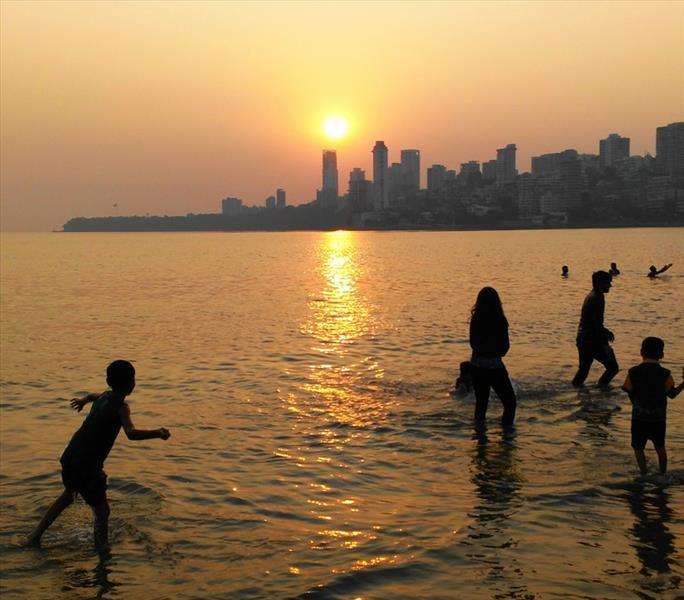

I hadn’t realized just how much there was to do in Delhi. What a fantastic itinerary you’ve put together. I wonder where the name Connaught came from. My Irish ancestors were Connaughts.
Lovely! I spent some time in Delhi on a trip to India about 15 years ago, so this blog brings back some memories.
Wow, I had no idea Delhi had so much to see – and the Lotus Temple looks AMAZING! definitely adding this to my bucket list.
I love it when a post makes me want to travel to a new place. I’ve never been to India and now I have to add it to my list this is a super helpful guide.
What a great itinerary, I haven’t been to Delhi but my husband has. I hope we can return together one day.
Delhi is a beautiful city. I have lived in Delhi for a couple of years (around 13 years ago), and Connaught place is one place that makes me nostalgic even today.
Wow – these buildings are all so epic in scale and beautiful in their detail. I’ve only seen a couple of these in picture before. I always wonder what it must be like to live someplace like this and how long it takes to get used to seeing these daily.
Awesome I enjoyed reading your blog post. The places listed here on this blog are too good. Good job,